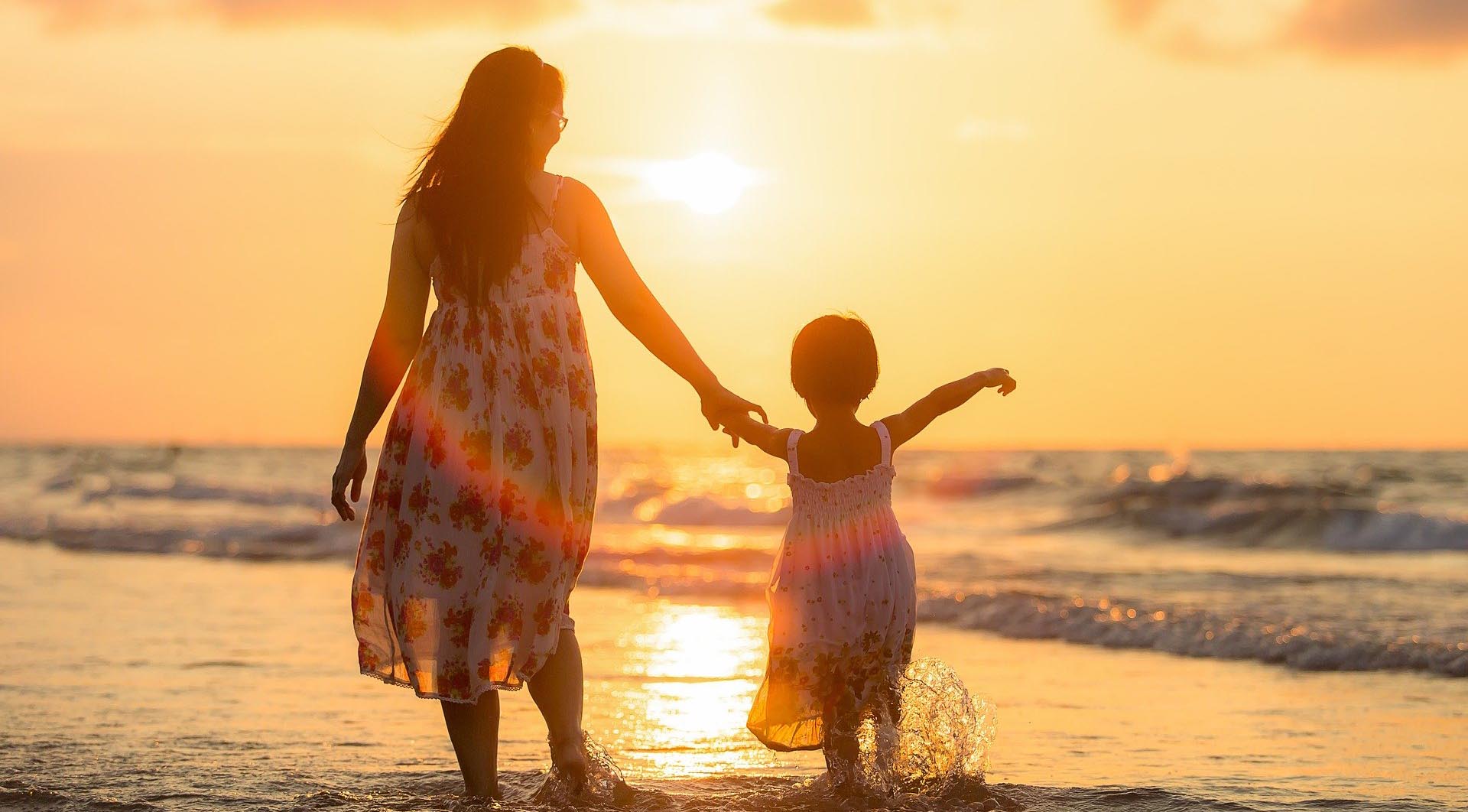Mindfulness in Kids

PREMIUM CONTENT for MEMBERS ONLY
By Ariel Suazo-Maler
There is this misconception around mindfulness that leads people to believe one cannot feel the full spectrum of emotions if they are ‘truly mindful’. Anxiety, frustration, and sadness, are things inappropriately thought to be absent in a mindfulness practice. This is simply untrue.
In its most basic definition, mindfulness is nothing more than a non-judgmental practice that asks you to take pause in order to give yourself time and space to acknowledge the thoughts, feelings, and sensations that are present in your body at any given moment.
“Mindfulness practice provides a toolkit that can lead to a heightened sense of empowerment as one learns to turn inward to regain control in an out-of-control setting.”
For all people, but especially for children, this practice provides a toolkit that can lead to a heightened sense of empowerment as one learns to turn inward to regain control in an out-of-control setting. While the focus of mindfulness is not to control one’s environment per se, acknowledging the thoughts and feelings that are shaping a particular moment in time allows one to consciously navigate the circumstance and make decisions that set one up for the outcome he or she desires.
“…children who are empowered to understand their feelings and express themselves after they’ve taken a moment to pause, have greater emotional regulation…”
Whether it’s at home, school, on a playdate, or in another social setting, research has shown that children who are empowered to understand their feelings and express themselves after they’ve taken a moment to pause, have greater emotional regulation largely due to greater brain flexibility.
Making the conscious choice to move in and out of different emotional states is the flexibility that can empower the child to not get overwhelmed by their feelings. They mindfully acknowledge their experience and then make a choice where to go from there. This naturally manifests into more fulfilling interpersonal dynamics as the child already feels more confident knowing he or she can navigate numerous settings and circumstances.
Practically, mindfulness can be achieved independently or with the support of an app that guides the child through a calming, acknowledgement practice. Regardless of the platform or method that makes the child most comfortable, what’s important to have him or her focus on is the breath and bodily sensations that correspond with the way he/she feels, and an appropriate release if needed—a walk, cry, laugh, journal entry, stretch, hug, etc.
Ultimately, mindfulness grants those who engage with it a way of feeling self-reliant that can then translate into greater self-appreciation and care.
“…all feelings are meant to be felt, it’s what you do with them that matters most…”
With the current state of the world and the ever-growing responsibilities placed on younger and younger children, reported anxiety and stress has increased over time. Teaching children techniques that support them to process their environment and learn the different ways they can choose to interact with it, reinforces the notion that all feelings are meant to be felt, it’s what you do with them that matters most.
 Ariel Suazo-Maler holds a master’s in nutrition from Columbia University and has spent years studying the genetic and neuroanatomical underpinnings of schizophrenia, the neurophysiology of taste perception, and the role of nutrition in depression and anxiety.
Ariel Suazo-Maler holds a master’s in nutrition from Columbia University and has spent years studying the genetic and neuroanatomical underpinnings of schizophrenia, the neurophysiology of taste perception, and the role of nutrition in depression and anxiety.